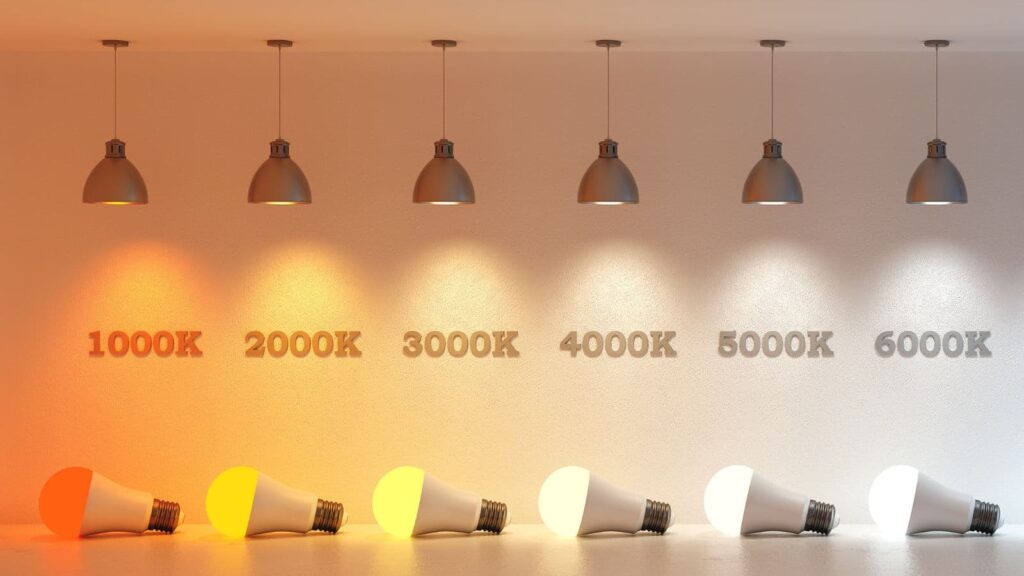Learn more about kelvin
- Af Martin Mikkelsen
- Last updated 26. February 2024
Kelvin – what is it? And what significance does it have for your choice?
Find the answer below.
For several of our lamps, the light source (bulb) is not included, so you will have to find the right one yourself if you haven’t purchased it from one of our retailers.
What is Kelvin?
The first thing you should look for is Kelvin, which is indicated and abbreviated as K. K (Kelvin) follows a number, for example, it could be 2700. Kelvin indicates the color temperature, i.e., the warmth of the bulb/the color tone of the bulb’s light. Kelvin is always measured on a scale from 1000 to 12000. As shown in the image below, a lower Kelvin value gives a more yellowish light, and a higher Kelvin value gives a more bluish light/cold white light.

A bit about the author:
Martin Mikkelsen
Share post:
Related posts:
"Kelvin angiver farvetemperaturen, dvs. varmen fra farvens pære"
What is the difference between warm and cold light?
When we talk about warm colors, we are around 2000 – 3000K. They are called warm colors because they emit a reddish/yellowish light, which gives off a pleasant glow and warmth. If we move to the other end of the scale, the light becomes more bluish and colder. Already at 3300K to 5300K, we refer to the color tone as cold. And color temperatures above 5300K are defined as daylight, as the light it represents closely resembles natural daylight.
Why is color temperature important?
When choosing lighting for your space, it is important to consider the type of room and its intended purpose.
If it’s a living room, café, restaurant, lounge, or similar space, the goal is to create a calm, cozy, and relaxing atmosphere. Therefore, we recommend using warm color temperatures for these rooms.
A good starting point is 2700K for most lamps for the home. Choosing a bulb with a Kelvin value lower than 2700 will result in a warmer and more yellowish light. We see a trend of more and more people also using 3000K for their homes.
For task lighting, such as in an office setting, you can opt for higher Kelvin values. In offices, lamps with 3000K can provide good work lighting. Studies show that cooler temperatures have an energizing effect, making them suitable for educational institutions, offices, and warehouses.
In addition to Kelvin, it is also important to consider lumens, lux, and CRI.